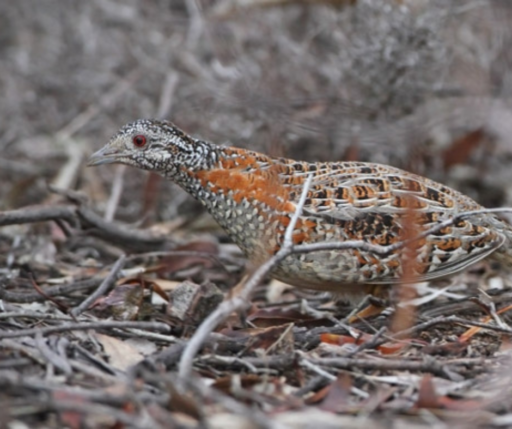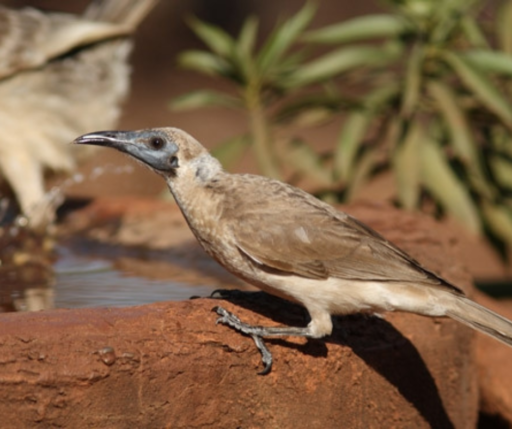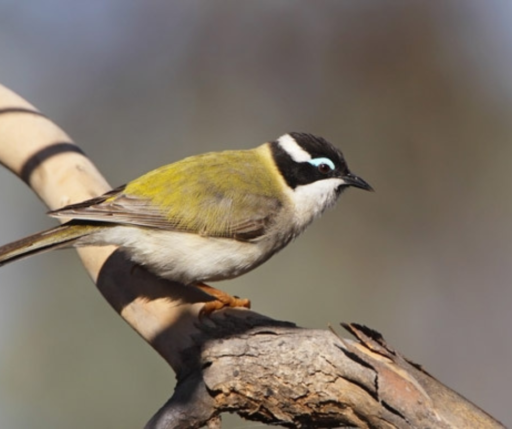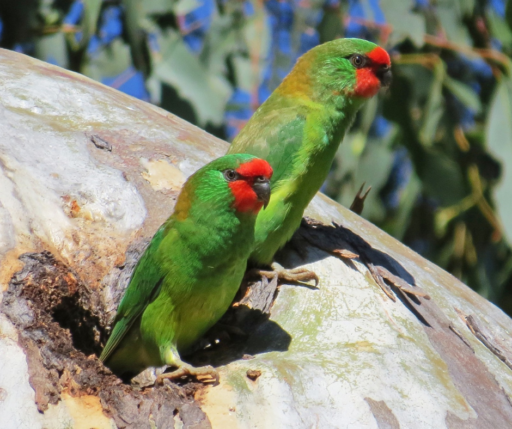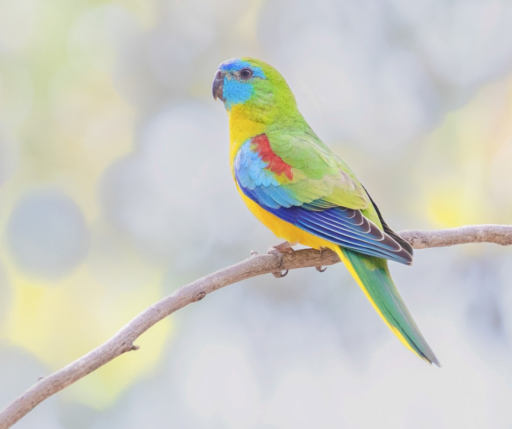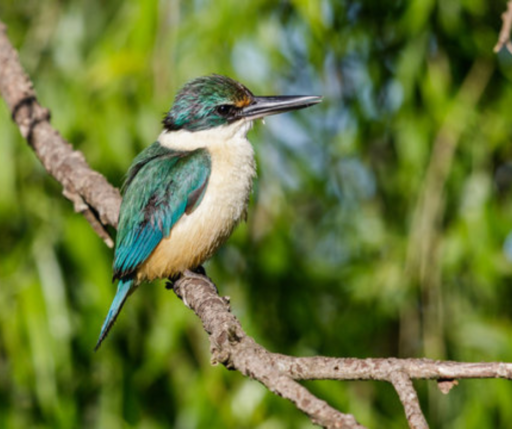Chiltern Mt-Pilot in the Spring

Peak Spring in the Park
There’s never been a better time than right now to visit Chiltern-Mt Pilot National Park, says leading Australian wildlife ecologist, photographer and author of Wildlife of the Box-Ironbark Country, Chris Tzaros.
“Spring’s a great time of the year in any sort of Box-Ironbark forest, but after two wet winters we’re now seeing a really high level of diversity of birdlife and wildlife as the weather starts to warm up”, he says.
“So it’s as vibrant as you’ll ever see the national park”.
Discover a biodiversity hotspot
Chiltern is home to one of Australia’s last remaining Box-Ironbark forests.
Chris Tzaros describes it as “a real Mecca” for people who travel from all over Australia just to see the incredible variety of birds, some of them critically endangered like the Regent Honeyeater, as well as mammals, reptiles and wildflowers including rare orchids, found right on the doorstep of the historic Gold-era village.
He says the accessibility of the forest also makes Chiltern a fantastic destination for anyone interested in exploring a renowned ecological hotspot as it’s just off the Hume Freeway and offers great accommodation and dining choices and close proximity to other popular destinations like Rutherglen and Beechworth.
Sitting at the northern foothills of the Great Dividing Range and the southern part of the Murray River floodplain, the Chiltern-Mt Pilot National Park attracts many species of birds from both northern and southern environments. “So” says Chris, “you get all this crossover of species which is why it’s such a renowned location.”
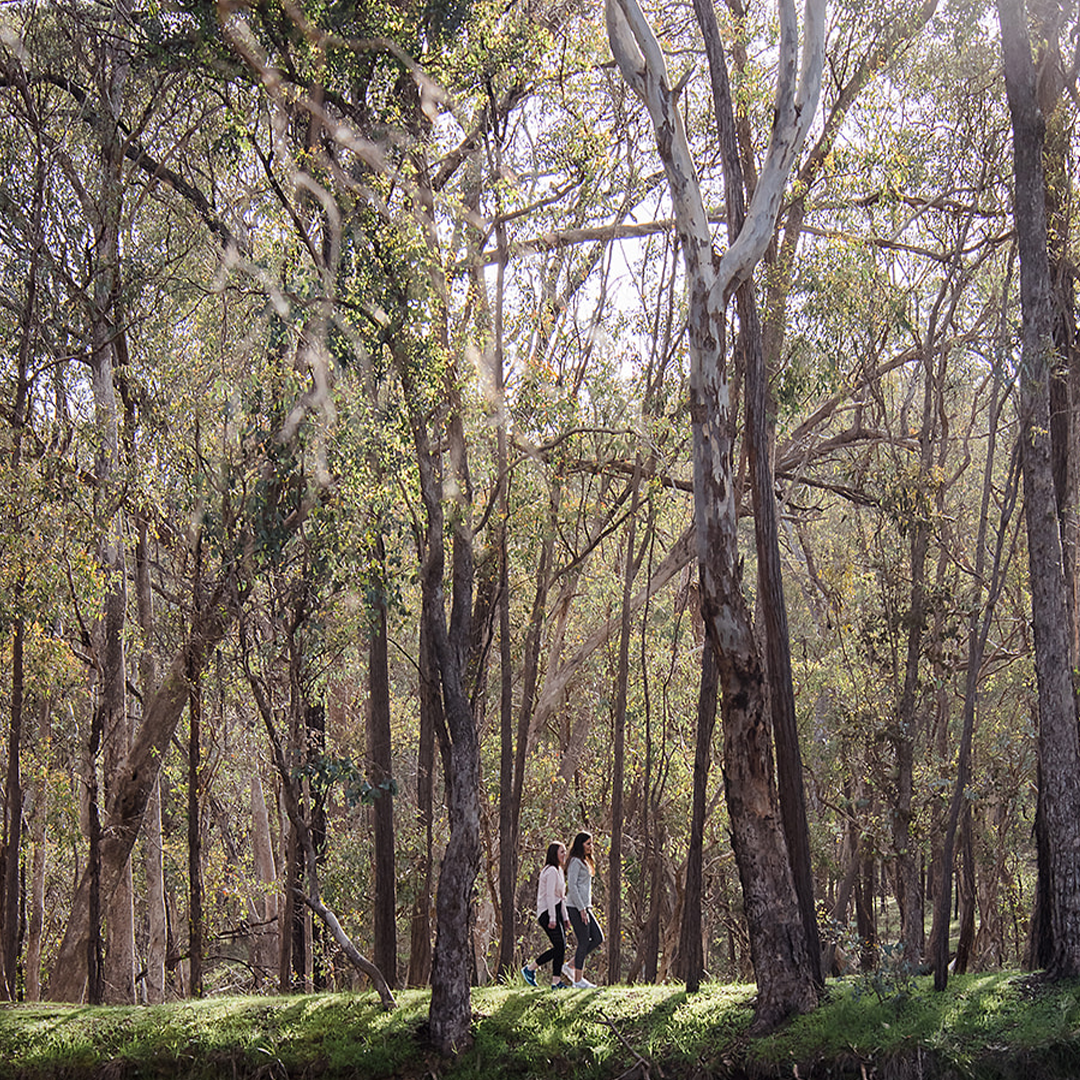
Stop, look and listen
Chris Tzaros has been watching, drawing and photographing Australia’s unique birdlife since Grade 1, turning his childhood passion into a lifelong career in wildlife conservation ecology.
He is encouraged by the growing band of people interested in birdwatching and taking part in valuable citizen science monitoring projects and says this Spring the Chiltern-Mt Pilot National Park is a perfect place to give it a go.
“Just get out there and practice - there’s no better way to find out about your local wildlife than to experience it for yourself. When you hear a bird, follow it with your binoculars, see it and use a guide or app to identify it. You can just start in your own backyard and once you’ve nailed that, go to your local bushland and find out what’s there.”
Chris says there are “all sorts of apps to I.D sightings and you can upload images to a database to contribute to the wider pool of knowledge to help conservation efforts through your own observations.”
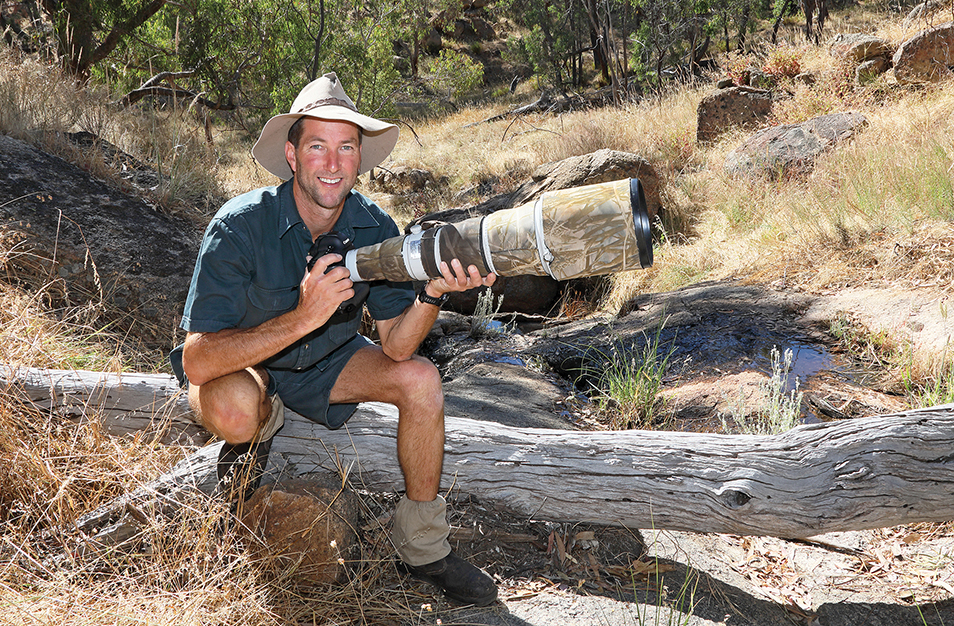
Look for...
Birds to listen and look for in the park right now include black chinned and yellow tufted honeyeaters, little lorikeets, noisy and little friarbirds and painted button quails, sacred kingfishers, speckled warblers, diamond firetails and hooded robins.
There are also the “big ticket items” like the Regent Honeyeater which has been the focus of a captive breeding and release program over recent years, as well as Swift and Turquoise parrots - all extremely rare and endangered - which people come from all over the country to observe.
Birdlife aside, other species of mammal to watch out for include the Brush tailed phascogale (tuan), feathertail, squirrel and crest gliders, yellow footed antechinus, a dozen species of tiny microbats that feed at night, swamp wallabies, echidnas, 10 species of frogs, reptiles like sand and tree goannas, bearded dragons, skinks and beautiful red bellied black snakes hunting out frogs in damp gullies.
“The more we know about the animals and wildlife in a park like Chiltern-Mt Pilot the better the authorities can manage the site and help conserve those species into the future”, says Chris Tzaros.

